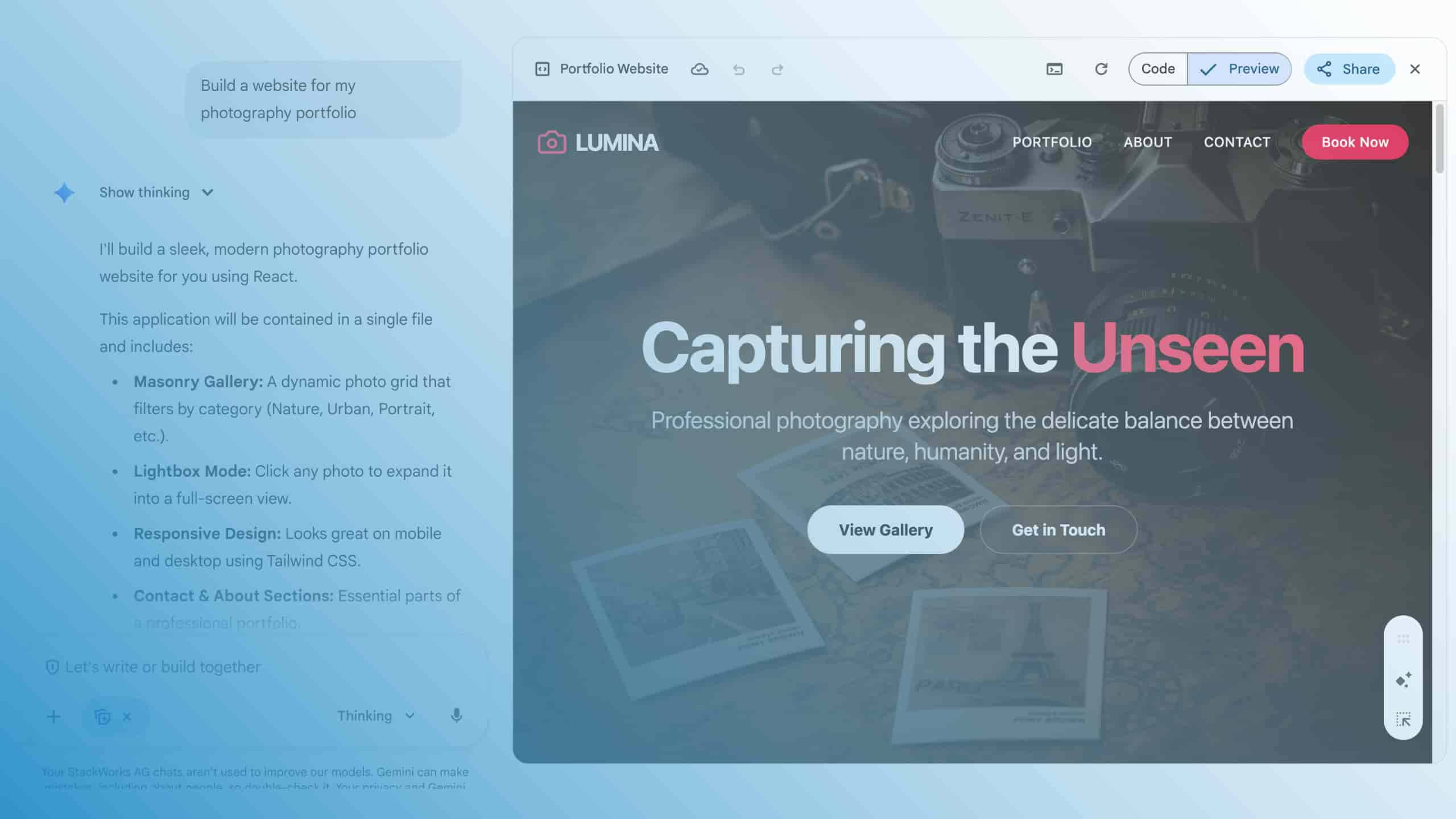Google Workspace - collaboration rethought

With Workspace, Google has put together a comprehensive suite of tools for successful collaboration and communication in teams. What makes it special is not just the range of functions, but the way Workspace seamlessly connects the apps and services.
The applications and services of Google Workspace, formerly "G Suite", are optimally geared to the requirements of the modern working world. With the latest enhancements, Google is taking into account the trends towards geographically and temporally distributed work. For many users, office work is no longer permanently linked to a physical office space, but has given way to flexible work at different company locations, from home and on the road, as required, even on changing end devices.
Well equipped for the modern online world
Google Workspace fits perfectly into this new normal with its hybrid deployment scenarios. The special feature: Google Workspace stores and processes all data in the cloud and does not require any locally installed software. All apps and services only need a web browser as a minimum requirement - and in the best case, this is Google Chrome, which you manage easily and independently of the end device with the Google Admin Console.
The sync-and-share client Google Drive is permanently integrated in Google Chrome OS and is also available as a client app for macOS and Windows as well as the popular mobile platforms Android and iOS. Together with other optional apps, offline work is also possible if required. However, provided there is an internet connection, Google Workspace can be used solely in the browser without compromising on functionality.
Complete package for team work
Google Workspace includes all the tools for efficient collaboration and communication in teams, for companies of any size. Regardless of the edition, the basic tools are already included from the smallest plan. This applies to communication via emails in Gmail, as well as to calendars, contacts and notes, the integration of 1:1 and group chats, and online conferences via Google Meet. Jamboard, a whiteboard application that Google offers in the form of an app and also optionally as a hardware system for equipping conference and meeting rooms, ensures interactivity and creativity in meetings.

As their names suggest, Google Docs, Sheets and Slides process the classic Office formats of documents, spreadsheets and presentations. The Sites and Forms applications expand the range of functions to include team websites and intuitively operated surveys and forms.
At first glance, the list of apps and services seems comparable to Microsoft's Office 365 offering, but on closer inspection, Google has implemented numerous features that set Workspace apart from competitors and have the potential to significantly improve team collaboration.
Context-oriented and focused
The key to efficient and effective internal communication in the team and throughout the company is contextual collaboration. Contextual collaboration means in particular that communication no longer takes place via conventional e-mails, but directly and immediately where the content, documents and tasks are stored.
A negative example: In traditional structures, e-mail attachments such as "2022021_offer_customerX_ draft_ revised_v2_ FINAL.docx" are part of everyday work. Documents are sent to many recipients in endless e-mail threads. Suggested changes and tasks are sometimes in the body text of the e-mails, sometimes as comments in the document, sometimes in a parallel team chat. Users lose their focus because they have to constantly switch between different applications.
In comparison, the new type of collaboration enabled by Google Workspace is much more focused. Google already introduced Smart Canvas for this purpose last year, an interactive workspace that forms an overarching context for work content and dynamically adapts to the needs of users. Smart Canvas is not a new app, but an optimised connection between existing apps.
Thus, users in Google Workspace can use the mentions already known from chat communication directly within their work content, for example in documents and presentations. The @ sign is no longer only used to include employees in the work, but also to insert context-related interactive elements into the work content. These can be meeting notes, tables, lists, diagrams, dates or even cross-references to other documents.

Google is also removing the boundaries between the individual apps more and more. For example, 1:1 and group conversations are no longer limited to the chat app, but are also integrated into the Gmail sidebar. Users can open a document directly from a chat or, conversely, a chat or an online meeting directly from a document, and a Jamboard from the online meeting. In this way, teamwork is no longer confined within the boundaries of individual apps, but is focused on the actual content - precisely context-related.
In the next post in our blog series, you'll learn details about the different editions of Google Workspace so you can choose the best feature set for your business size and application needs.

%2520(1).jpeg)




